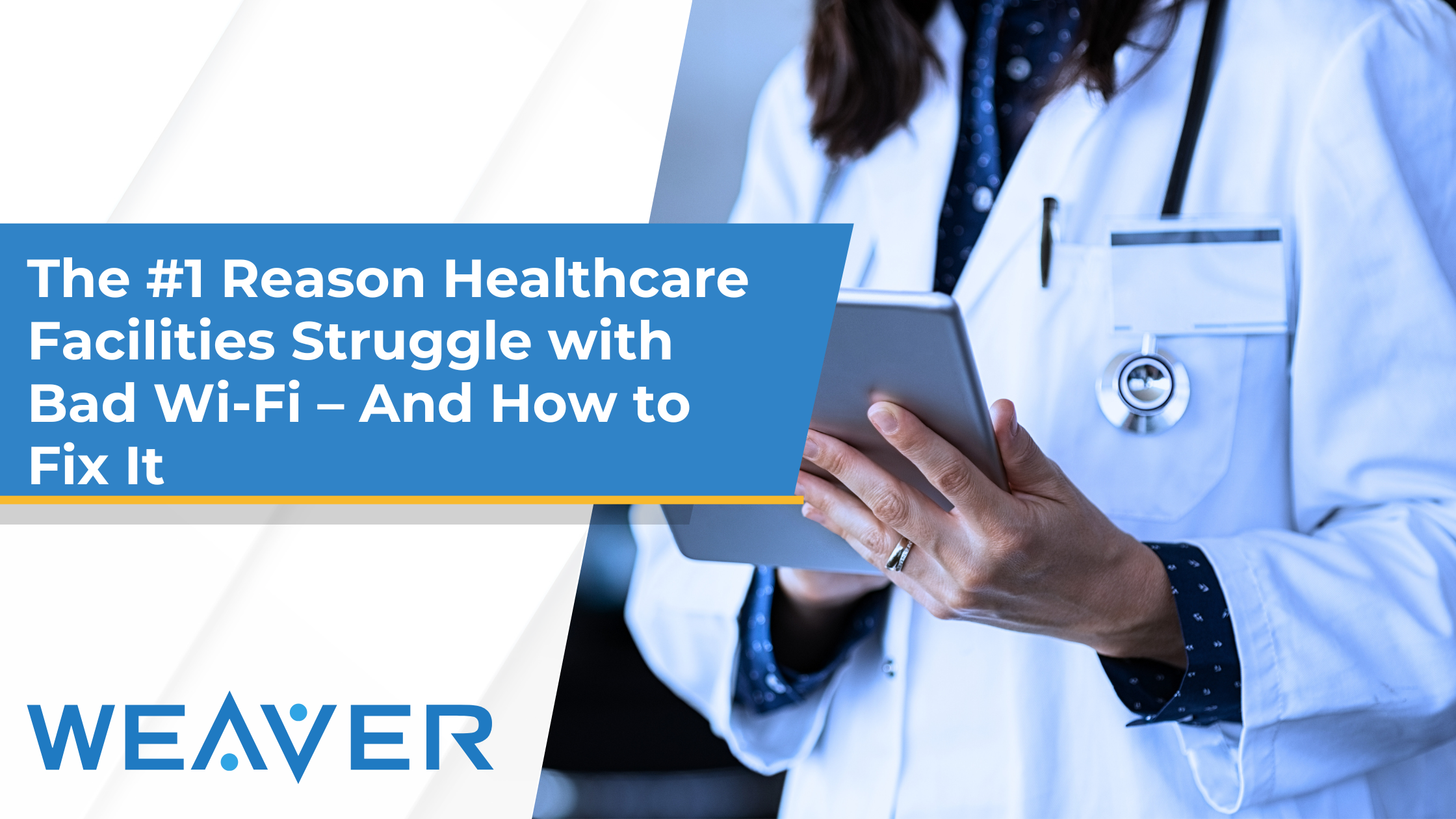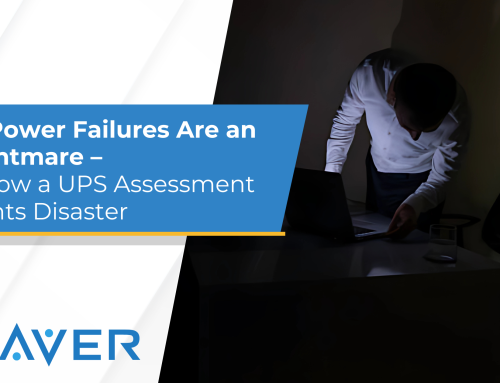Why Healthcare Wi-Fi Struggles – The Root Cause
In the fast-paced world of healthcare, reliable Wi-Fi isn’t just a convenience—it’s a necessity. From telemedicine and patient monitoring to electronic health records (EHRs) and connected medical devices, hospitals and clinics depend on strong, seamless wireless connectivity. However, many healthcare facilities still struggle with unreliable Wi-Fi, leading to dropped connections, slow speeds, and frustrated staff and patients.
The #1 Reason: Outdated Network Infrastructure
The primary reason healthcare organizations suffer from bad Wi-Fi is outdated network infrastructure. Many hospitals and clinics are running on legacy systems that simply aren’t built to handle today’s high-density environments and bandwidth-intensive applications. These aging networks can cause:
- Dead zones where connectivity is weak or nonexistent.
- Slow speeds due to congestion from an increasing number of connected devices.
- Security vulnerabilities that put sensitive patient data at risk.
- Limited scalability as healthcare facilities expand their digital capabilities.
The Impact of Poor Wi-Fi on Healthcare Operations
Unreliable Wi-Fi can have serious consequences, including:
- Delayed Patient Care – Doctors and nurses rely on real-time access to EHRs and telemedicine platforms.
- Frustrated Staff and Patients – Slow or dropped connections hinder efficiency and communication.
- Increased Security Risks – A weak network can be an easy target for cyber threats, putting patient data at risk.
- Compliance Issues – HIPAA and other regulations require secure, reliable networks to protect patient information.
How to Fix Your Healthcare Wi-Fi for Optimal Performance
Upgrading your network infrastructure is the key to solving Wi-Fi issues in healthcare settings. Here’s how:
1. Perform a Comprehensive Network Assessment
A professional network assessment can identify weak spots, interference sources, and security gaps in your existing Wi-Fi infrastructure. By evaluating coverage, device density, and traffic patterns, you can develop a roadmap for improvement.
2. Upgrade to Wi-Fi 7 and Future-Proof Your Network
Wi-Fi 7 technology is designed for high-density environments like hospitals and clinics. Benefits include:
- Faster speeds for seamless access to cloud-based applications.
- Better performance in crowded areas with multiple connected devices.
- Enhanced security features to protect patient data.
3. Optimize Network Design for Maximum Coverage
Proper placement of access points (APs) is critical to ensuring seamless coverage throughout a healthcare facility. Conducting a wireless site survey can help determine the optimal AP locations to eliminate dead zones and improve overall performance.
4. Implement Stronger Security Protocols
With healthcare data being a prime target for cyberattacks, investing in network security solutions is essential. This includes:
- Segmentation of networks to separate patient, staff, and IoT traffic.
- Multi-factor authentication (MFA) to enhance access control.
- Regular firmware updates to prevent vulnerabilities.
5. Ensure Scalability for Future Growth
Healthcare technology is evolving rapidly, and your network needs to be ready to support new advancements. Investing in scalable networking solutions ensures your infrastructure can handle increased demand without performance degradation.
Ready to Upgrade Your Healthcare Network? Let’s Get Started!
At Weaver Technologies, we specialize in helping healthcare facilities optimize their Wi-Fi networks to support mission-critical operations. Our free network assessment can help you identify problem areas, improve performance, and enhance security—so your staff and patients experience seamless, reliable connectivity.
Don’t let outdated Wi-Fi slow down your healthcare operations. Schedule your network assessment today and take the first step toward a smarter, more efficient network!






